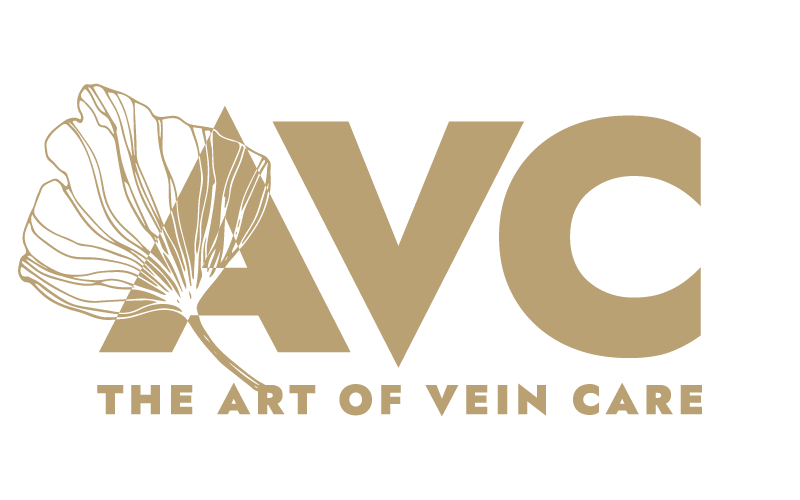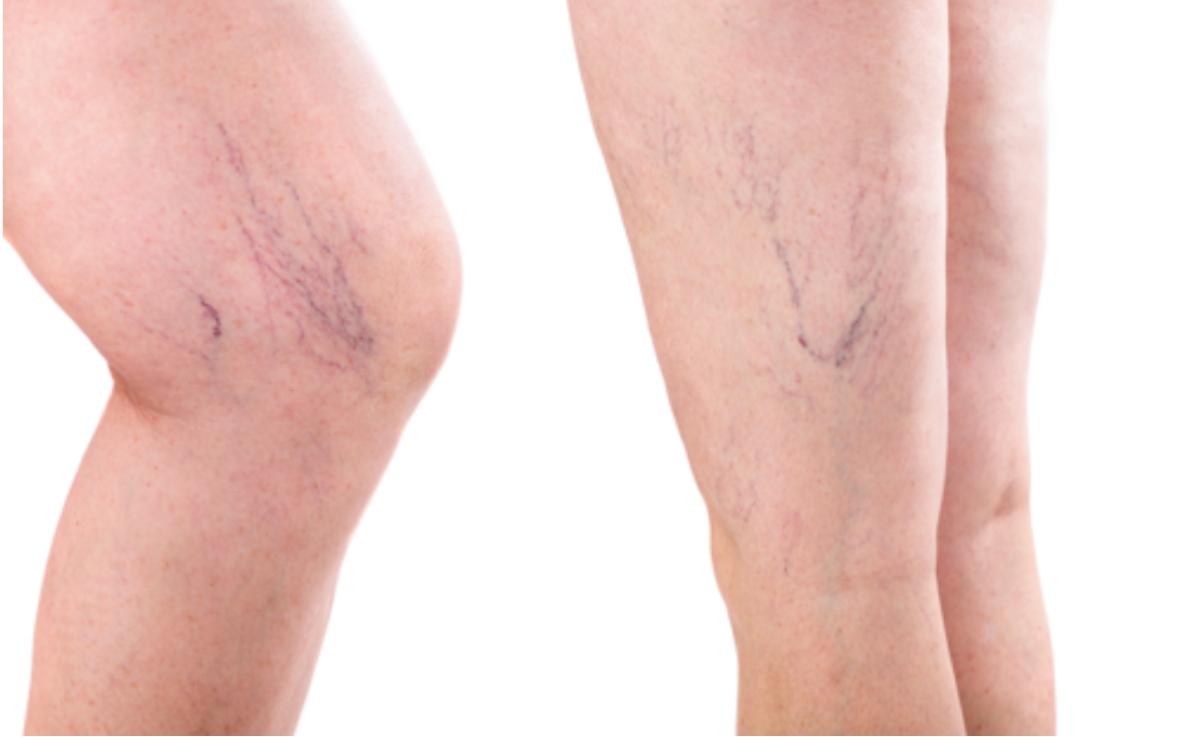How much will it cost to treat my spider veins with sclerotherapy?
Treating spider veins is rarely a medical necessity (though some people seek treatment to relieve the aching or itching that veins can cause).
At AVC, patients are not charged by the number of veins that are being treated, but rather a fee-per-session based on the degree of clearance a patient would like.
Other cost factors include whether the veins involve one leg or two and just how extensive the veins are.
As a rough average, generally three sessions are required for moderate spider veins.
The phlebologist will inject as much sclerosant as safely can be done in one leg in the first session; the second session is for the second leg and the third for cleanup.
Generally speaking, people with a moderate number of spider veins on one leg would use the full dose in one session and minimal veins can often be done in two sessions.
A spider vein treatment can start at $650 for mild treatment on one leg.
There is no Medicare rebate for spider veins unless there are associated varicose veins
While a very extensive treatment on both legs can cost significantly more and should be discussed with your doctor.
How much improvement will there be?
Across the board sclerotherapy results in about 60-80% improvement (or clearance) in the appearance of the veins with generally the more sessions the patient has, the more clearance achieved.
Remember age is also an important factor as an older woman may have far more extensive vein damage than a woman in her 20s, and may require one or two extra sessions after the initial three.
Will Medicare pay for my spider veins treatment?
Not for cosmetic purposes, but you may receive a partial rebate of $186 per treated leg if it is medically warranted.
Under recent new regulations, the ONLY way Medicare will provide any rebate for spider vein treatments is if the patient has a venous ultrasound first and that it shows significant incompetence (faulty valves).
There is a good reason for this. Varicose veins and spider veins will just come back if there is a deeper vein issue that is not treated before the spider veins.
How long will it take for spider veins to disappear?
The procedure is permanent in that the scar tissue dissolves and the spider veins generally fade after a few months.
There is one caveat though. Treatment can help with existing veins, but will not stop new veins from appearing, especially if there is more extensive underlying vein disease that is not treated first.
What happens after my vein treatment?
After your vein treatment whether sclerotherapy or radiofrequency ablation or glue ablation, a full length compression stocking will be fitted.
You will need to wear this for 1 week for 7 days.
You will need to rest for 30 minutes after your procedure with your legs up on a couch in our rooms
You will need a review by your AVC doctor within two weeks
If you have pain at night you can take stocking off but always wear stockings out of bed
Aim to walk 30-45 minutes every day for a week after your procedure
What side effects can I expect after my vein treatment?
Hard tender lumps where the varicose veins used to be – these disappear after 3-6 months
Bruising, mild pain, pulling on the inside of the thigh and temporary stinging or burn for a day or too.
Spider veins may also become dark and angry. Trapped blood may need to be released at a follow up visit.
What are the red flags after my sclerotherapy, radiofrequency ablation or glue ablation vein treatment?
Complications may include pigmentation (1 in 10), phlebitis or warm tender skin (3 in 100), matting or a “mat” of tiny veins that generally disappear after a few weeks (1 in 20), swelling (2 in 100), patches of numbness (rare).
Very rare complications include blood clots (1 in 200 RF, 1 in 2000 sclerotherapy), ulcers (9 in 1000), migraine (1 in 1000) and anaphylaxis or allergy (3 in 10,000).
Download our sclerotherapy treatment brochure here.

